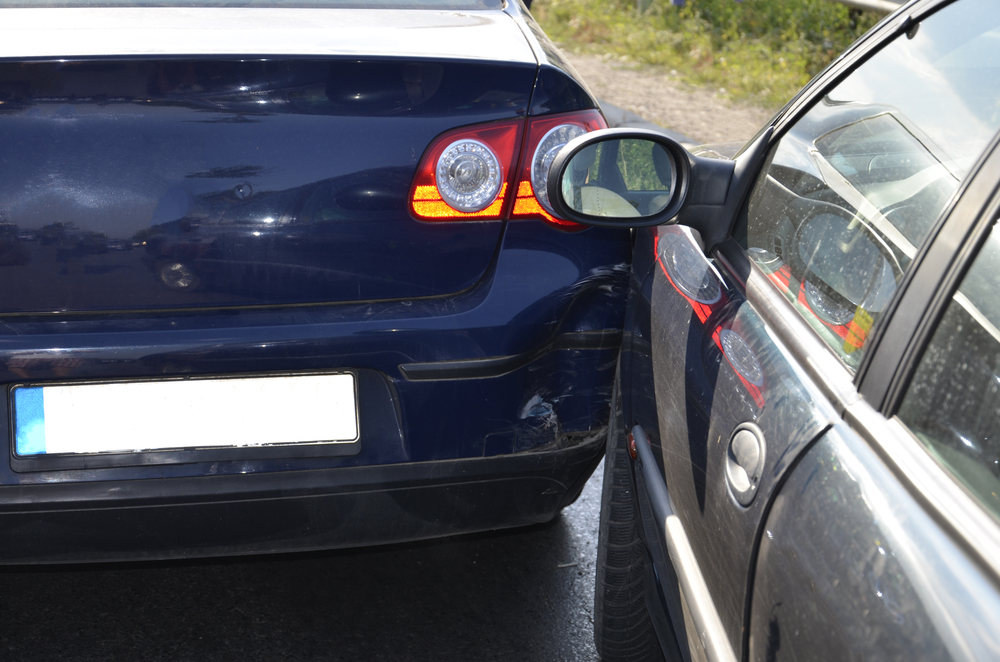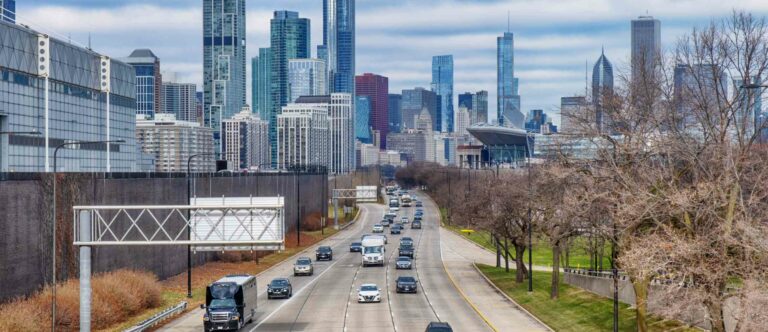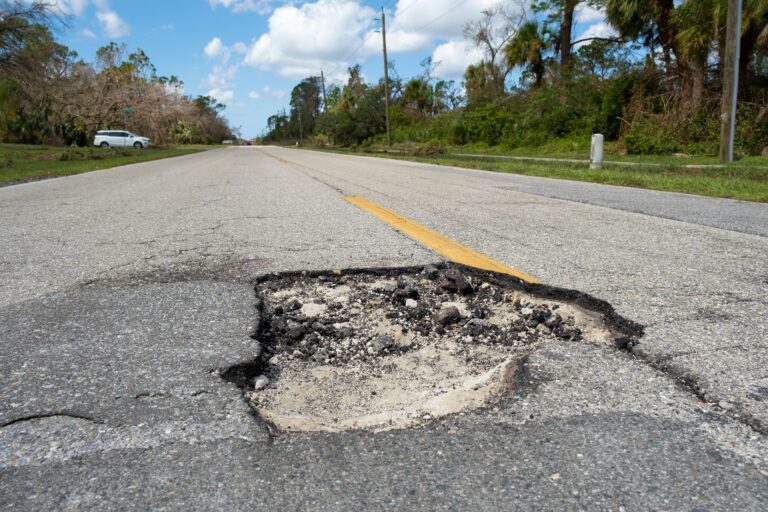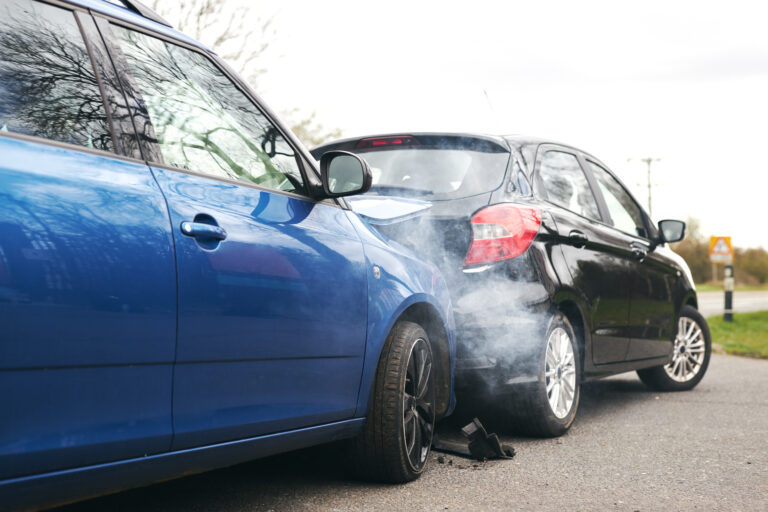Sideswipe accidents are jarring, messy, and more common than you’d like to think. They happen fast, and the aftermath is often a confusing blur of twisted metal, frayed nerves, and finger-pointing.
Figuring out what comes next – dealing with damage, potential injuries, and insurance hassles – is rough. There are definite steps car accident lawyer to take to protect yourself and sort out the mess. If you’ve just experienced that metal-on-metal nightmare in or around Chicago, know that sorting it out is possible.
Give our team at Walner Law a call at (312) 410-8496 to discuss what happened.
Back Home, Now the Real Fun Starts: Dealing With the Aftermath

You made it off the side of the road, the police report (if called) is filed, information was exchanged (hopefully), and you’re finally home. The adrenaline is wearing off, and you’re left looking at the new scrape down the side of your car and possibly feeling some aches you didn’t notice before. What’s next on the agenda, now that the immediate roadside drama is over?
- Organize Your Evidence: You (or someone with you) likely took photos at the scene. Good. Now gather them, along with the other driver’s information (name, insurance, license plate), any witness contact details, and the police report number if one exists. Keep everything together – digital copies, physical copies, whatever works, just make it organized.
- Notify Your Insurance Company: Yes, your insurance company. Even if you’re 100% sure the other driver was at fault, you need to let your insurer know what happened. They need to open a claim file. This gets the ball rolling from your end. Be honest and stick to the facts of what happened.
- Resist the Urge to Say Too Much (Especially to the Other Driver’s Insurer): The other driver’s insurance adjuster will likely call you. Their job, plain and simple, is to pay out as little as possible. Be polite, but be cautious.
- Decline Recorded Statements (For Now): You are generally not obligated to give a recorded statement to the other party’s insurance company immediately. They might pressure you, saying it will speed things up. It might speed things up – for them. It gives them ammunition to potentially use against you later. Wait until you’ve had time to process things, get medical advice if needed, and potentially consult with an attorney.
- Don’t Minimize Your Injuries or Damage: Don’t say “I feel fine” or “The car’s just scratched.” Adrenaline can mask pain, and damage can be more extensive than it looks. Stick to factual descriptions. “My neck is sore,” or “There is damage along the driver’s side.”
- Don’t Accept a Quick Settlement Offer: They might throw a low number at you quickly, hoping you’ll take it just to be done with it. Don’t bite. You might not know the full extent of your car repairs or medical needs yet.
Untangling the Insurance Web
Once you’ve reported the accident, the insurance companies start their dance. Since Illinois is an “at-fault” state, the insurance company of the person responsible for the crash is generally liable for the damages. This is different from “no-fault” states where your own insurance might cover your initial medical bills regardless of fault.
- Your Insurer vs. Their Insurer: You typically have two paths:
- File a claim directly with the other driver’s insurance (a “third-party” claim).
- File a claim with your own insurance company (a “first-party” claim), assuming you have the relevant coverage (like collision coverage for car repairs). If your company pays, they will usually try to recover the money from the at-fault driver’s insurance company (a process called subrogation).
- The Investigation: Both insurance companies will investigate to determine fault. They’ll look at the police report (if available), driver statements, witness accounts, photos, and the damage to the vehicles. Scrape marks, paint transfer, and the location of the impact tell a story.
- Settlement Negotiations: If the other driver is clearly at fault, their insurer should make an offer to cover your personal injury damages. This is where things get interesting. Their initial offer might be low. You don’t have to accept it. This is where having legal representation helps, as they can negotiate for a fair amount based on the actual costs and losses you’ve incurred.
Remember, the adjuster works for the insurance company, not for you. Their goal is to close the claim efficiently and for the lowest cost possible.
Who Screwed Up? Determining Fault in a Sideswipe
This is the million-dollar question (sometimes literally). In many sideswipe accidents, fault seems obvious – someone drifted or made an unsafe lane change. But it isn’t always clear-cut.
Illinois Law on Lane Changes: The Illinois Vehicle Code (625 ILCS 5/11-709(a)) provides some clarity: “A vehicle shall be driven as nearly as practicable entirely within a single lane and shall not be moved from such lane until the driver has first ascertained that such movement can be made with safety.”
Basically: stay in your lane unless you are sure it’s safe to move. If someone changes lanes unsafely and hits you, they are typically considered negligent.
Common Scenarios and Likely Fault:
- Unsafe Lane Change: Driver A merges into Driver B’s lane without checking their blind spot or signaling properly. Driver A is likely at fault.
- Drifting: Driver A is distracted (texting, drowsy, etc.) and drifts out of their lane, hitting Driver B who is properly in their lane. Driver A is likely at fault.
- Merging Simultaneously: Both Driver A and Driver B try to merge into the same middle lane from outer lanes at the same time. Fault here might be shared. Who entered the lane first? Did either signal properly?
- Hitting a Parked Car: Driver A sideswipes a legally parked car. Driver A is at fault.
Illinois’s Modified Comparative Negligence Rule: What if both drivers played a role? Illinois uses a “modified comparative negligence” system (735 ILCS 5/2-1116). Here’s how it works:
- You can recover damages only if you are found to be 50% or less at fault for the accident.
- If you are found partially at fault (but 50% or less), your compensation will be reduced by your percentage of fault.
- If you are found to be more than 50% at fault (51% or more), you cannot recover any damages from the other party.
Evidence is Key: Proving fault relies on evidence:
- Police Report: Often contains diagrams, officer’s initial assessment of fault, and any citations issued.
- Witness Statements: Independent accounts are valuable.
- Photos/Videos: Damage location, road conditions, traffic signals, skid marks.
- Vehicle Damage: The type and location of scrapes and dents can indicate the angle and direction of impact.
What Can You Actually Be Compensated For? (Damages)
If the other driver is found liable for the sideswipe, you are entitled to seek compensation for the harm caused. These “damages” fall into several categories:
- Property Damage: This is usually the most obvious. It covers the cost to repair your vehicle. If the repair cost exceeds the car’s actual cash value, the insurance company might declare it a “total loss” and pay you the value of the car instead (minus your deductible if using your own collision coverage). This also includes damage to any personal property inside the car (like a laptop that got smashed).
- Medical Expenses: Compensation for all reasonable and necessary medical treatment resulting from the accident. This includes:
- Emergency room visits
- Doctor appointments
- Physical therapy
- Chiropractic care
- Medications
- Medical equipment (like crutches or braces)
- Estimated future medical care if your injuries require ongoing treatment.
- Lost Wages: If your injuries prevent you from working, or force you to take time off for medical appointments, you can be compensated for the income you lost. This also applies if your injuries diminish your ability to earn money in the future (loss of earning capacity).
- Pain and Suffering: This compensates you for the physical pain, discomfort, and emotional distress caused by the accident and your injuries. It’s harder to put a dollar figure on this, but it’s a real component of damages in injury cases.
- Loss of a Normal Life: This addresses how the injuries impact your ability to enjoy daily activities, hobbies, and life in general.
Keeping detailed records of all expenses, medical visits, and time off work is absolutely necessary to support your claim for damages.
“It Was Just a Sideswipe”—Why Injuries Happen (and Why You Should Get Checked Out)
You might think a sideswipe isn’t a “major” collision like a head-on or T-bone crash. While the initial impact force might be different, don’t underestimate the potential for injury. The sides of vehicles offer less structural protection than the front or rear.
- The Sudden Jolt: Even a glancing blow can violently jerk your body sideways. This unexpected movement is what causes many injuries.
- Loss of Control/Secondary Impacts: The initial sideswipe can cause a driver to overcorrect, lose control, spin out, hit other vehicles, run off the road, or even roll over. These secondary events can be far more severe than the sideswipe itself.
- Common Sideswipe Injuries:
- Whiplash/Neck Injuries: The rapid side-to-side motion can strain neck muscles and ligaments.
- Shoulder and Arm Injuries: Bracing for impact or hitting the door/window can lead to sprains, dislocations, or fractures.
- Back and Spinal Injuries: Twisting forces can injure spinal discs (herniation/bulging) or vertebrae.
- Head Injuries: Hitting your head on the window, door frame, or even the headrest can cause concussions or more serious traumatic brain injuries (TBIs).
- Chest and Torso Injuries: Impact with the door or console can bruise or fracture ribs.
- Cuts and Bruises: Broken glass or contact with interior surfaces can cause lacerations and contusions.
Important: See a doctor after any accident, even if you feel okay. Adrenaline can mask pain initially. Some serious injuries, like soft tissue damage or concussions, might not show obvious symptoms for hours or even days. Getting checked out does two things: ensures you get necessary treatment and creates a medical record linking any injuries to the accident, which is needed for an insurance claim or lawsuit.
When Does a Lawyer Get Involved?
For sideswipe accidents, especially those involving injuries or disputes over fault, legal help is a good idea. Consider contacting an attorney if:
- You or a passenger suffered injuries: Especially if they require ongoing treatment or time off work.
- Fault is disputed: The other driver (or their insurer) is blaming you.
- The insurance company’s offer seems too low: It doesn’t cover your repairs, medical bills, and lost wages.
- The insurance adjuster is being difficult: Delaying the process, not returning calls, pressuring you unfairly.
- There are multiple vehicles involved: Determining liability becomes more complex.
- The other driver was uninsured or underinsured: You may need help navigating your own Uninsured/Underinsured Motorist (UM/UIM) coverage.
An attorney can investigate the accident, gather evidence, deal with the insurance companies on your behalf, negotiate a fair settlement, and file a lawsuit if necessary.
Illinois Time Limits and Specifics
There are legal deadlines for taking action after a car accident in Illinois. These are called statutes of limitations. Missing these deadlines means losing your right to sue for damages.
- Personal Injury Lawsuit: You generally have two years from the date of the accident to file a lawsuit for injuries. (735 ILCS 5/13-202)
- Property Damage Lawsuit: You generally have five years from the date of the accident to file a lawsuit for damage to your vehicle or other property. (735 ILCS 5/13-205)
- Claims Against Government Entities: If the party at fault is a local public entity (like a city bus), the deadline is shorter – typically one year. (745 ILCS 10/8-101)
There are some exceptions (like for minors injured in an accident), but these are the general rules. It’s always best to act promptly rather than wait until the deadline is looming.
Insurance Requirements: Remember, Illinois law requires drivers to carry minimum liability insurance: $25,000 per person for bodily injury, $50,000 per accident for bodily injury, and $20,000 per accident for property damage (often referred to as 25/50/20 coverage). (625 ILCS 5/7-203). Your policy must also include Uninsured Motorist coverage matching these minimums.
Sideswiped? Take Control of Your Claim.

Don’t let the other driver’s mistake or an insurance company’s tactics leave you short-changed. You have rights, and you deserve fair compensation personal injury attorney for the damage and disruption caused.
If you’re dealing with the aftermath of a sideswipe in Illinois, especially if injuries are involved or fault is unclear, getting legal advice is a smart move. Let Walner Law help you sort through the mess and fight for what you deserve.
Call us today for a free consultation at (312) 410-8496.


 Skip to content
Skip to content




